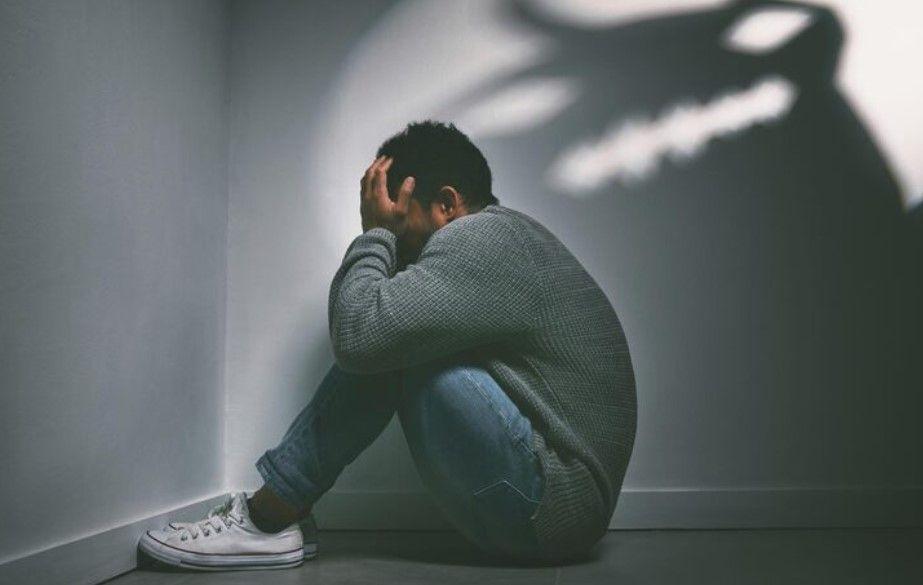Counseling During Financial Hardship: Rebuilding Hope in the Midst of Struggle
Financial hardship can feel like a silent storm—impacting not just wallets, but minds, relationships, and self-worth. While budgeting tools and financial advice play an important role in recovery, counseling offers something equally vital: emotional support, perspective, and strategies to navigate the psychological toll of financial stress. During times of scarcity, counseling becomes not a luxury, but a lifeline.

The Hidden Emotional Toll
Money problems don’t exist in isolation. They can stir a range of emotional responses:
- Anxiety over basic needs or future security
- Shame linked to job loss or debt
- Depression fueled by perceived failure or hopelessness
- Family tension due to budget cuts or lifestyle changes
These emotions, left unaddressed, may contribute to strained relationships, poor decision-making, or worsening mental health—making counseling especially important.
How Counseling Helps During Financial Struggle
1. Creating a Safe Space for Expression Financial stress is often stigmatized. Counseling offers a judgment-free zone to articulate fears, guilt, and frustration—validating emotions that might otherwise be buried.
2. Reframing Shame and Self-Worth A counselor helps separate self-esteem from financial status. They encourage clients to recognize intrinsic value, challenge damaging beliefs, and reclaim personal dignity.
3. Strengthening Coping Mechanisms Through therapy, clients develop healthier responses to stress—replacing avoidance or overcontrol with mindfulness, problem-solving, and emotional regulation.
4. Facilitating Relationship Healing Financial strain can drive wedges in families and partnerships. Counseling enables constructive dialogue, mutual understanding, and collaborative planning.
5. Connecting to Resources Therapists may refer clients to financial planners, debt counseling services, or community support—providing a holistic map toward recovery.
Accessible Support Options
Some may feel that counseling is financially out of reach during hardship. Yet various affordable pathways exist:
- Nonprofit organizations and local clinics often offer sliding-scale or free therapy
- Online platforms provide low-cost counseling and group support
- Faith-based communities may offer pastoral care or emotional guidance
- Government programs may include mental health support alongside financial aid
Seeking help is not indulgent—it’s foundational. Emotional wellness makes practical recovery possible.
Conclusion
Financial hardship affects more than numbers—it touches identity, stability, and hope. Counseling addresses the emotional wounds often hidden behind unpaid bills and sleepless nights. By offering compassion, clarity, and coping strategies, it transforms hardship from a crisis into a turning point—one where people rediscover strength, resilience, and the courage to rebuild.
CATEGORIES












